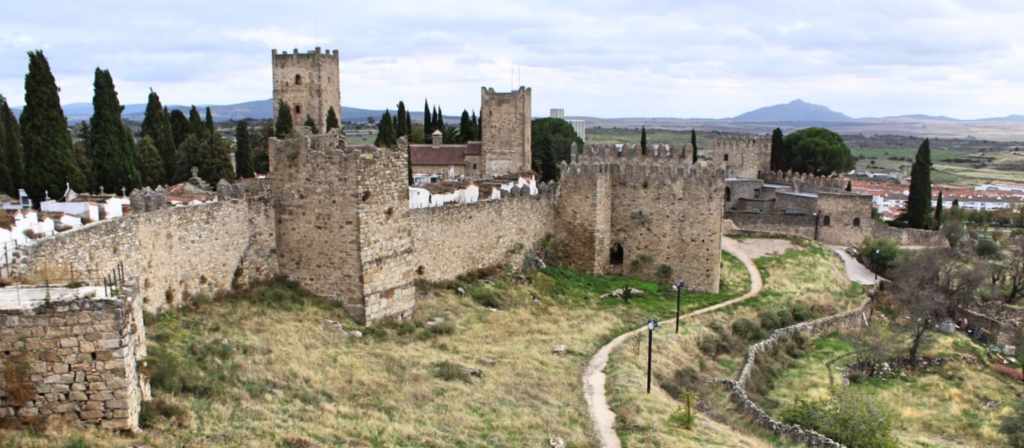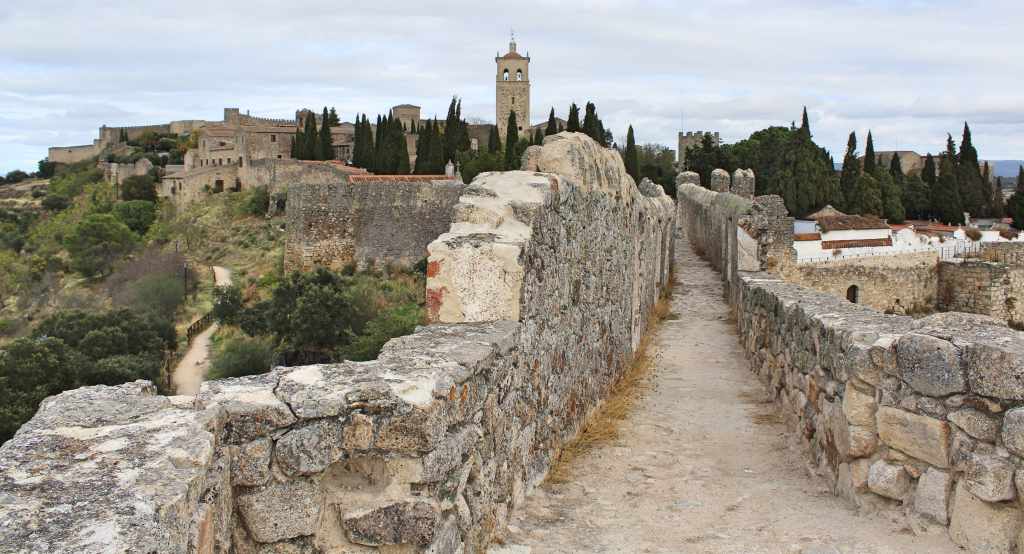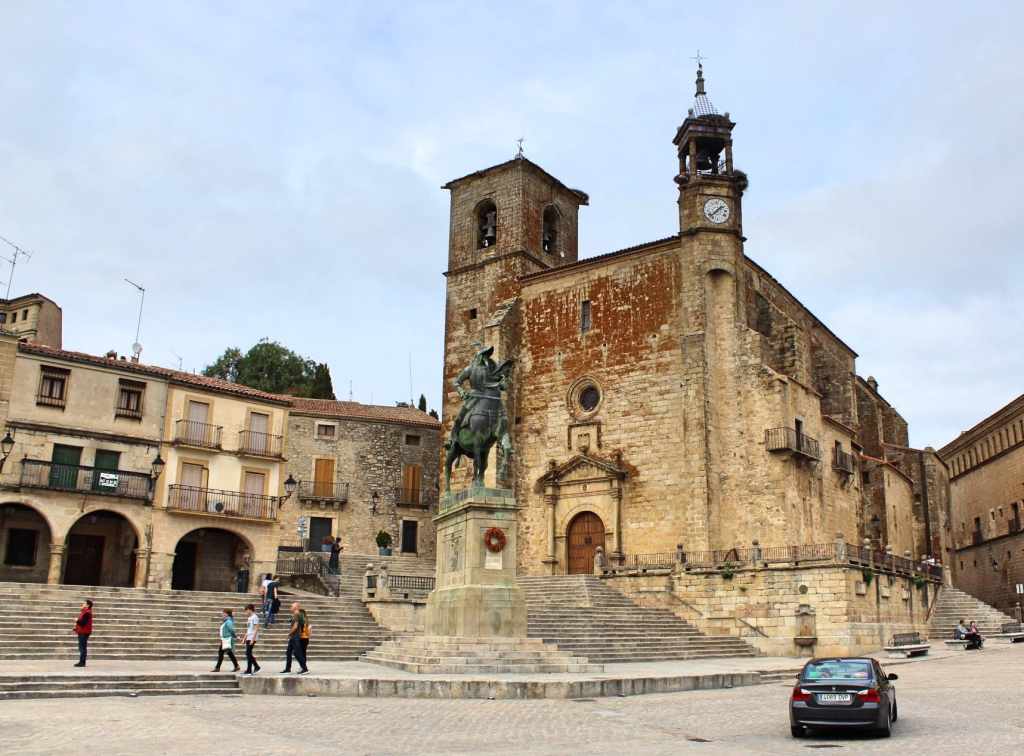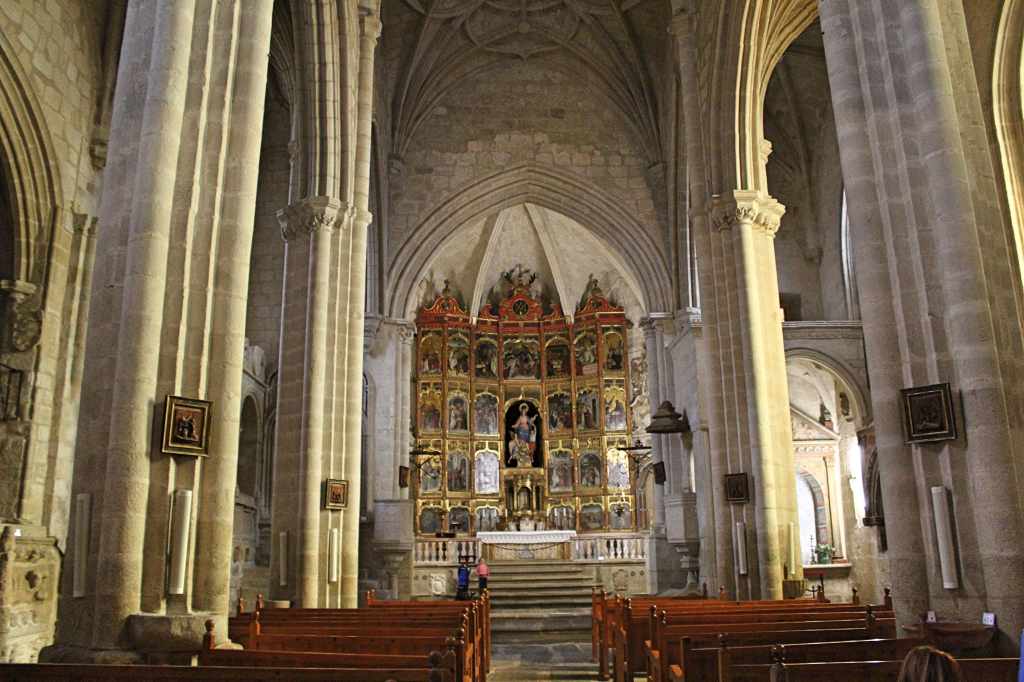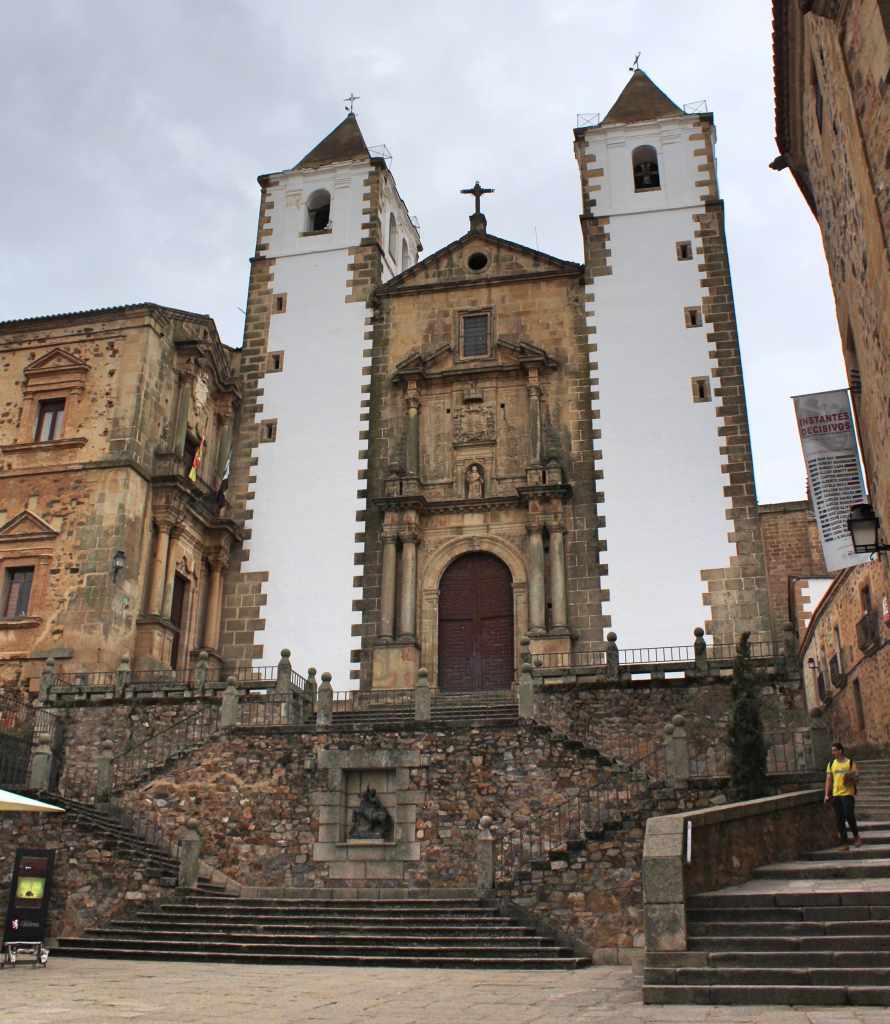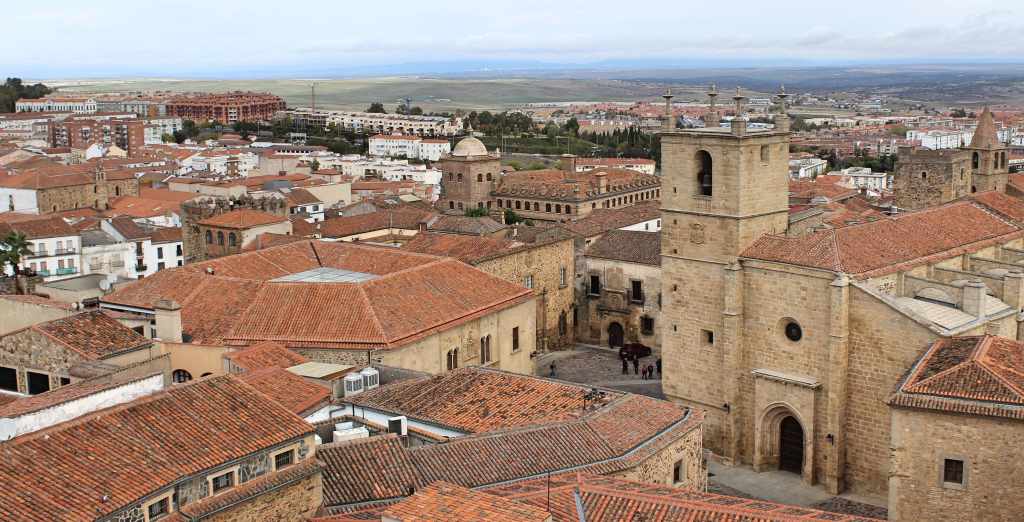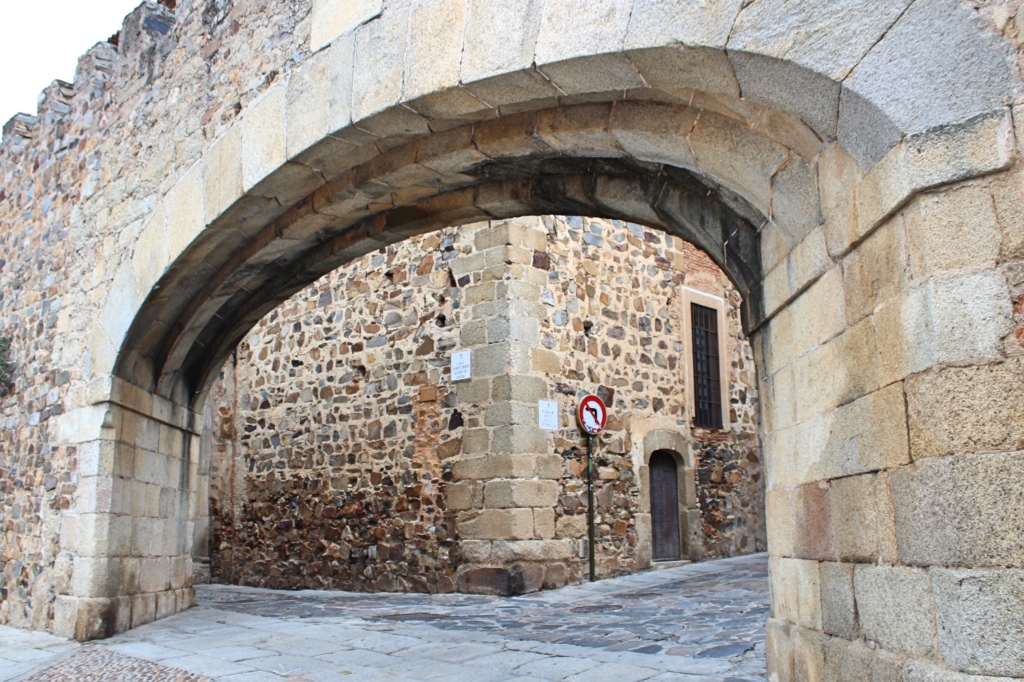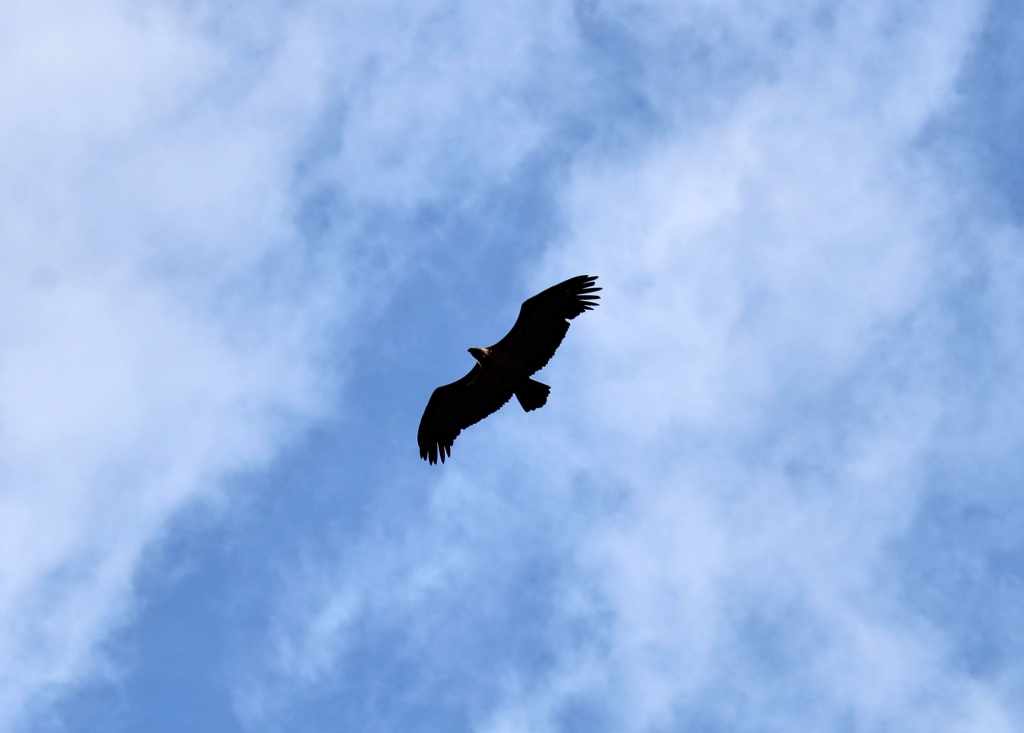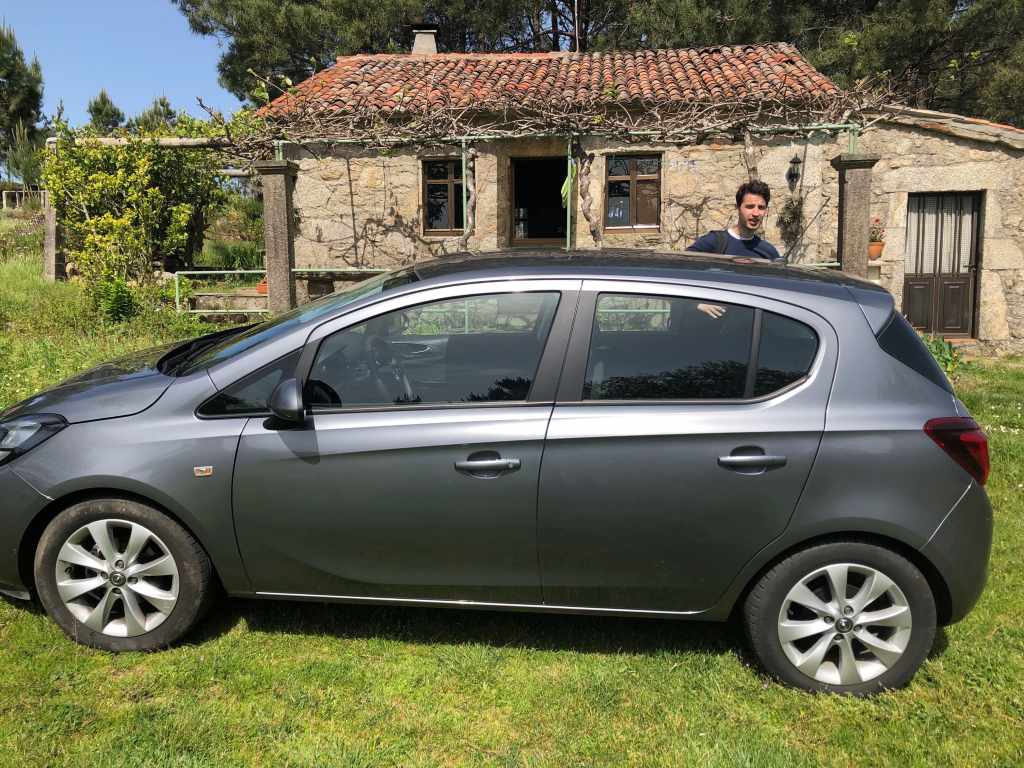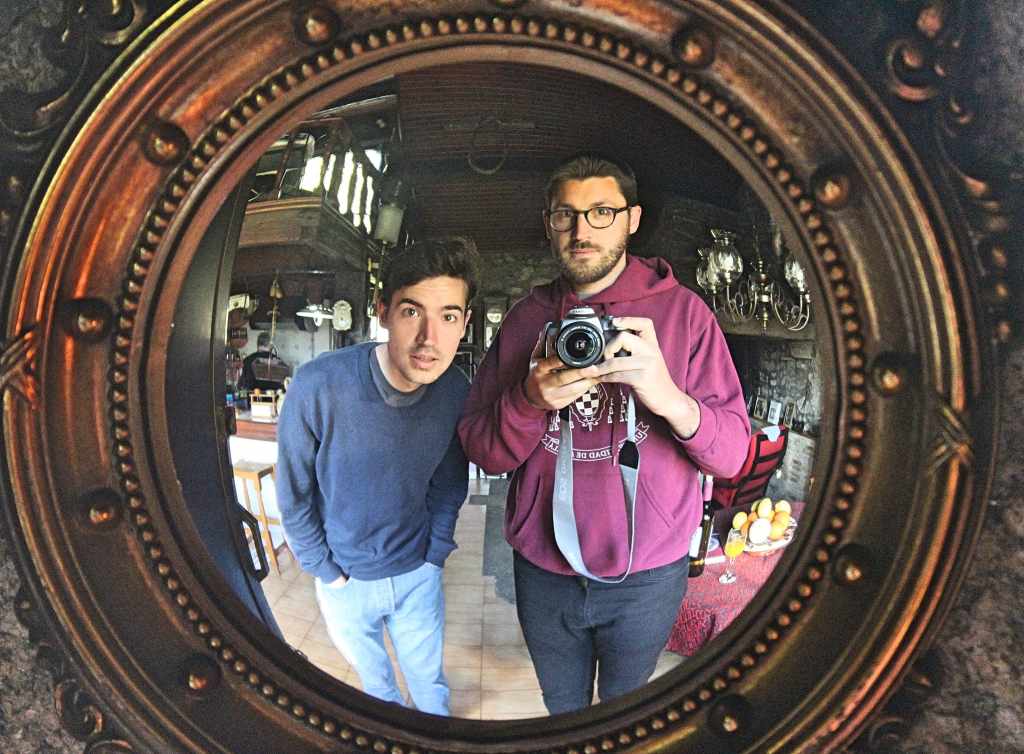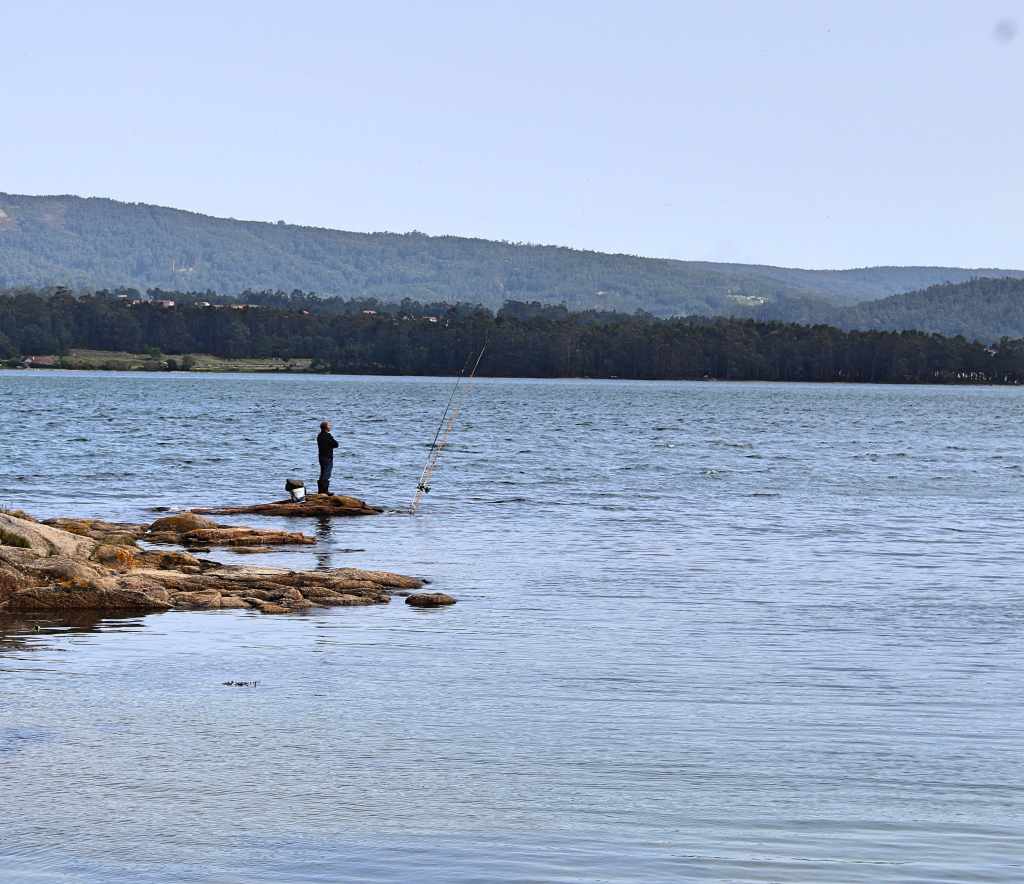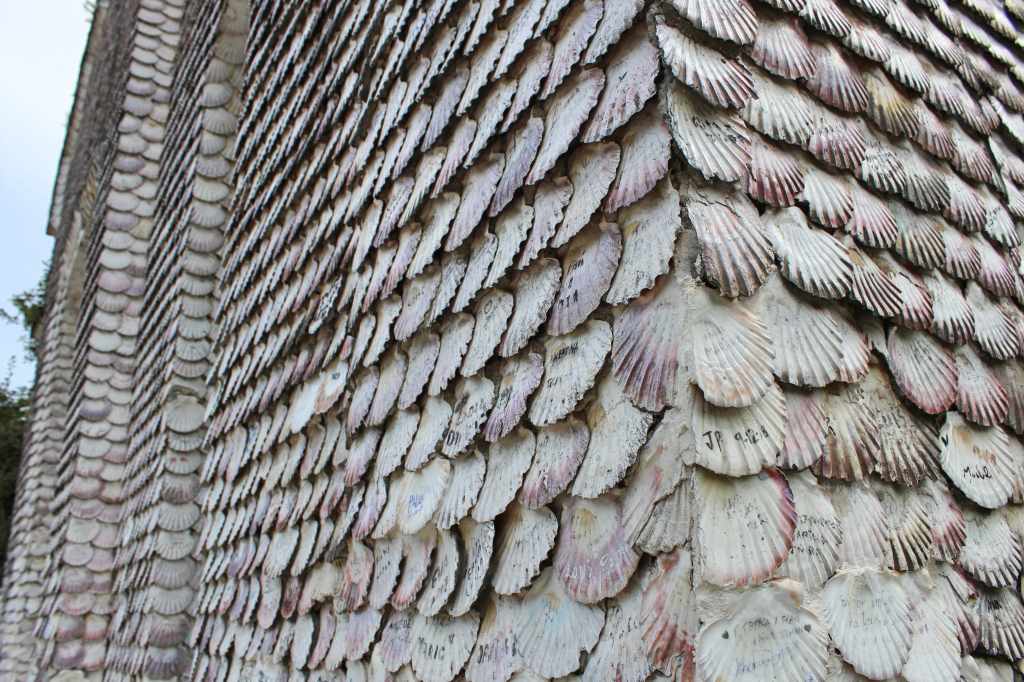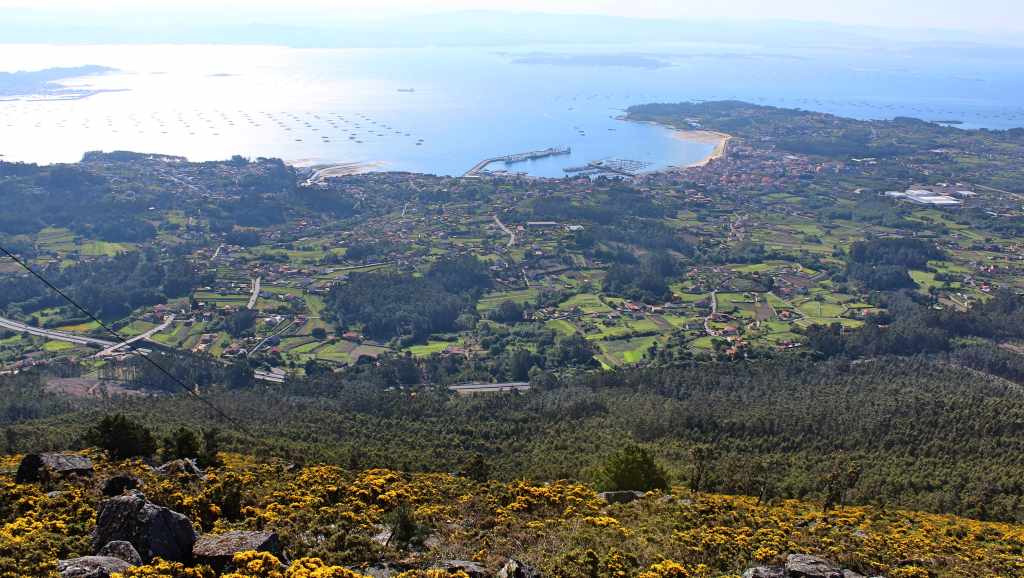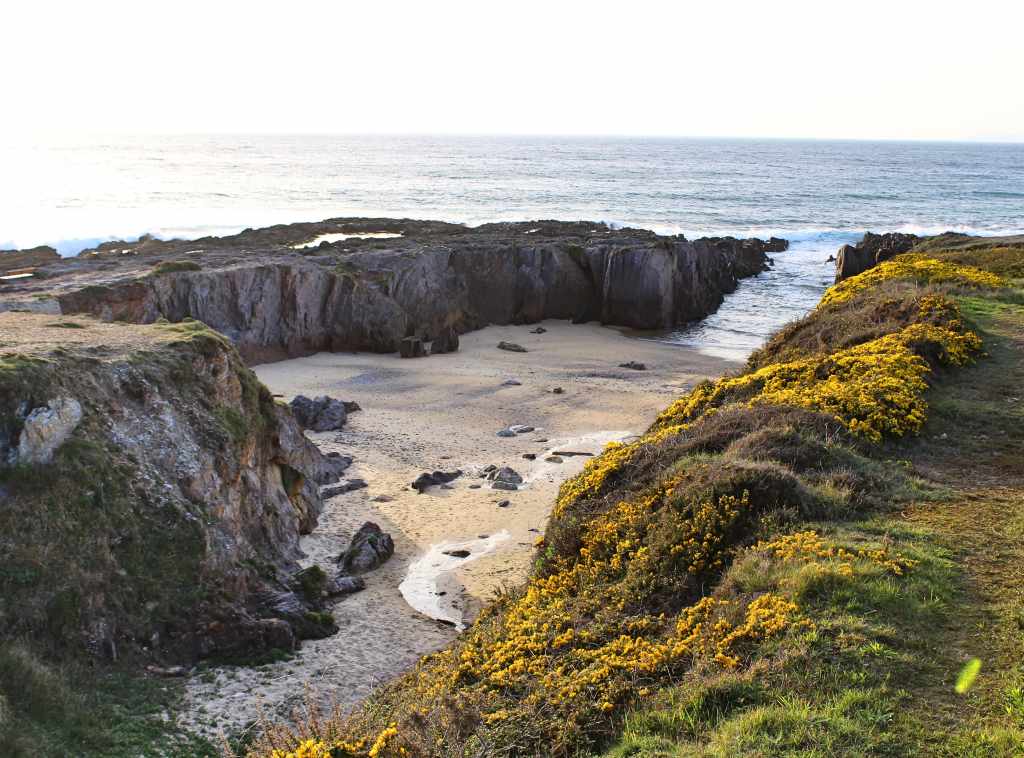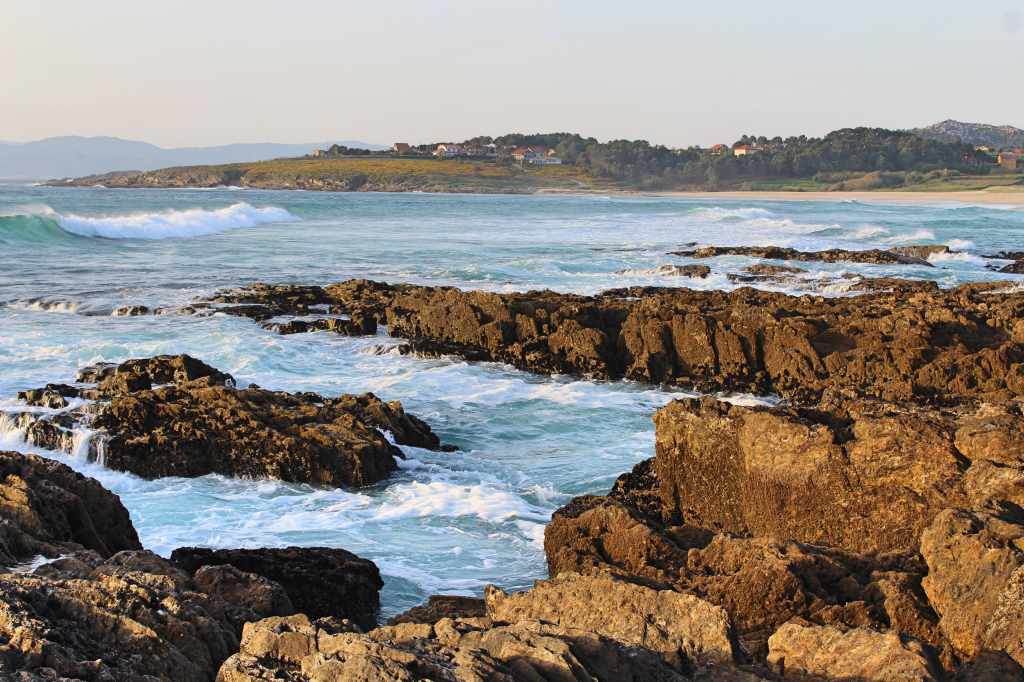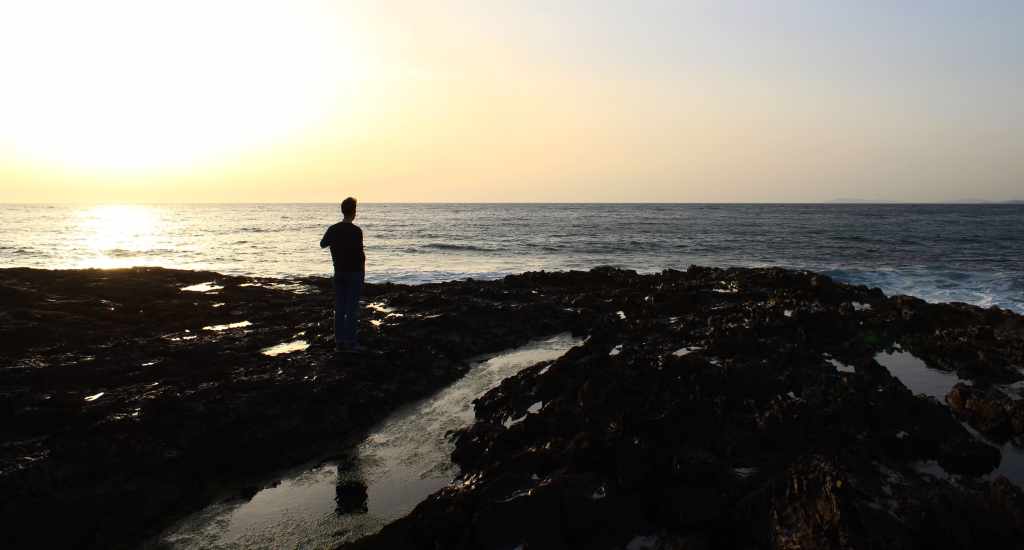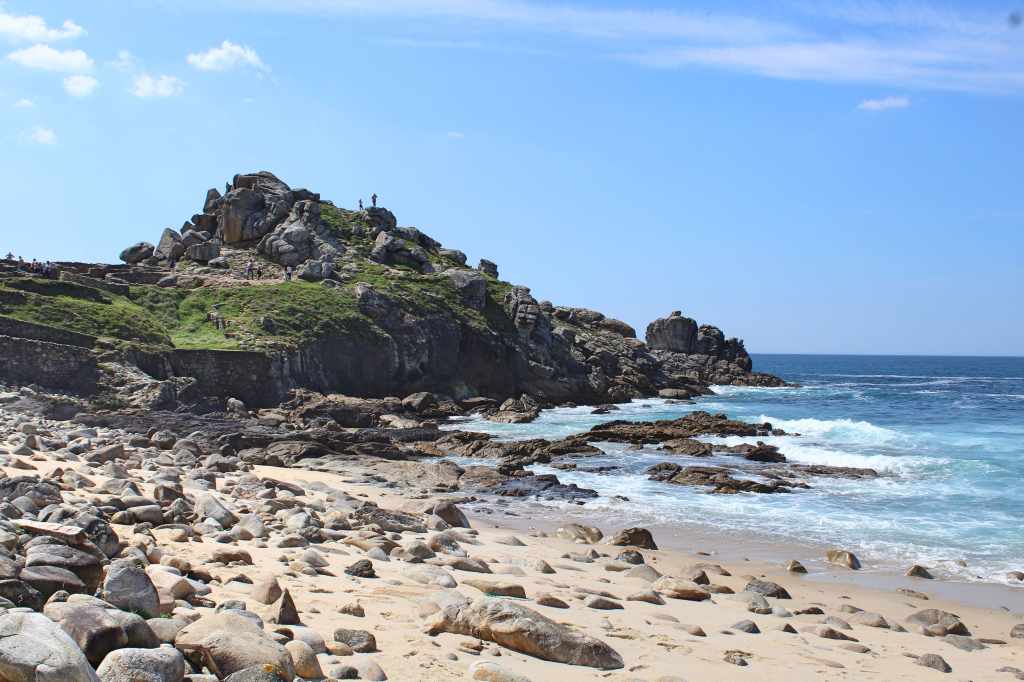This has shaped up to be another excellent year in reading. For the most part I kept going with themes that occupied me last year. The history of science is a prominent one. As for primary sources, the only book I completed was a short one, Christiaan Huygens’s Treatise on Light, where he analyzes light as a series of waves. Andrea Wulf’s popular biography of Alexander Humboldt technically falls within the history of science, though the book reads more like a hagiography. Much better—and one of my favorite books of the year—was Thomas Kuhn’s book on the Copernican Revolution. Lawrence Principe’s series of lectures on the history of science rounded out this category for me.
Next year, I hope to finally get to Lavoisier’s book on chemistry, Lyell’s book on geography, and Faraday’s book on electricity and magnetism. We shall see how I do.
As for philosophy, I decided to dip into existentialism. This began with Sarah Bakewell’s wonderful popular work on the subject—which was so charming, in fact, that I think it made existentialism seem a little bit more interesting than it really is. Kierkegaard’s Either/Or was the first serious philosophy book on the list; I found it brilliant, if uneven and ultimately disagreeable. Then there came Sartre’s tome, Being and Nothingness, which was ultimately even less satisfying than Kierkegaard’s book, even if it gives the reader a lot to chew over. Albert Camus’s The Myth of Sisyphus, if not precisely existentialist, still failed to make much of an impression on me. La Rouchefoucauld’s Maximes, Baltasar’s Arte de la prudencia, and Pascal’s Pensées had much more in the way of philosophic interest and life advice than these existentialists.
My travels dictated some of my reading this year. In preparation for a trip to Naples, I read Pliny the Younger’s letters, which include his description of the eruption of Vesuvius; before going to Istanbul, I listened to a history of Byzantium by Kenneth Harl; and in order to ready myself for Normandy, I read a book about the D-Day landings. Yet of all this travel reading, the best was Mary Beard’s book on the Parthenon, which I read a bit too late for my 2018 trip to Athens.
This year, I had a vague idea that I would finally read some books about subjects that fascinated me as a child. This directed me to Stephen Brusette’s book on dinosaurs—badly written but informative—and Bob Brier’s lectures on Ancient Egypt—both informative and extremely entertaining. In this same spirit, I read the Very Short Introduction on Human Evolution, written by Bernard Wood, a former professor of mine. I combined this reading with trips to my favorite childhood museums, the American Museum of Natural History and the Metropolitan Museum of Art, where I marvelled once again over the Tyrannosaurus fossils and the mummies.
As usual, I tried to read about America for my summer back in the United States. This led me to some really superb books. The first was Ron Chernow’s biography of Alexander Hamilton, a man with a story worthy of a musical, play, film, or anything else really. David McCullough’s biography of John Adams was even more enjoyable—the best book of the year, if measured in pure reading pleasure (and the television series was great, too)—while I found Jon Meacham’s biography of Thomas Jefferson quite remarkably bad. Reading about America also means reading about our wars. This led me to McCullough’s short book on the first year of the Revolutionary War, and Ken Burns’s classic documentary on the Civil War (not a book, but book-length).
This year I got around to a few works of fiction that had long been on my list: The Call of the Wild, The Jungle Book, One Flew Over the Cuckoo’s Nest, Lord of the Flies… I probably enjoyed them in that order. Nikolai Gogol’s Dead Souls was much funnier than I thought it would be, given the title, and Balzac’s Père Goriot was likewise more bleakly depressing. But the two outstanding works of fiction, for me, were Stendhal’s The Red and the Black and Ivan Turgenev’s Fathers and Sons, both of which I greatly loved. I should also mention Benito Pérez Galdós’s wonderful novel, Fortunata y Jacinta, which was one of my major reading challenges of the year—over 1,000 pages of literary Spanish.
A new discovery this year were the lecture series by the Great Courses. I have already mentioned a few of them: Principe’s on the history of science, Harl’s on Byzantium, Brier’s on Ancient Egypt. To this, I must add Edwin Barnhart’s excellent lecture series on the peoples of North and of Central America. The very best, however, may be Robert Greenberg’s introduction to the history of Western music, which was so good it convinced me to start going to the opera. In general these Great Courses fill a perfect niche in my reading, providing in-depth but painless introductions to topics that have long interested me, and allowing me to learn during the walks on my commute.
But the dominating presence in my reading this year has been William Shakespeare. I read, watched, or listened to fifteen of his plays, and completed Harold Bloom’s enormous guide to the works of the Bard. I may not be convinced that Shakespeare invented humanity, but I am convinced more than ever that he is one of my favorite writers. Now that Shakespeare is done (or nearly done), I will hopefully return to be goal of reading through Plato’s works. Then I’ll have to figure out something else to do with my time.
A partially failed effort was to get more into mathematics, as a complement to my interest in the history of science. I did manage to speed my way through Morris Kline’s calculus textbook—an accomplishment I am rather proud of, even if it probably didn’t do me much good—as well as a short book on performing mental calculations (I forgot most of that already, too). I had hoped to read Thomas Heath’s Manual of Greek Mathematics, as well as some classic Greek mathematicians, but I only managed a hundred pages of the former and a small book by Nichomachus. I hope to read the rest next year.
Despite all these weighty-sounding books, two books this year represent bigger shifts in my actual day-to-day life. Peter Sagal’s book on running was part of my transition from total indolence to regularly exercising, a process that culminated in my running the Madrid half-marathon back in April. I hope to do it again this coming year. I also read a book about chess, as my amateurish interest in the game grew. I am still a very bad chess player; but the fact that I play at all is a big shift from last year, when I professed to scorn all games. Though not really a practical book, David Graeber’s book on bullshit jobs was my most cathartic read for the year, since it seemed to ratify many of my working experiences.
The only other thing worth mentioning is my attempt to turn my book reviews in a podcast. I did this for about twenty books, and then decided that it was a little silly, and stopped. Now my podcast is about life in Spain, which may be just as silly.
I will end this review on a sad note. As you may know, Ted Schmeckpeper died this year. He was one of my favorite people on Goodreads, not so much for his reviews as for his general presence. He helped to make Goodreads into a real community. Ted was also personally kind. Not only did he mail me a book from his own library, but Ted read an early draft of my novel and gave me detailed feedback. He had a rich and full life, as you can tell from his obituary. I miss him.



